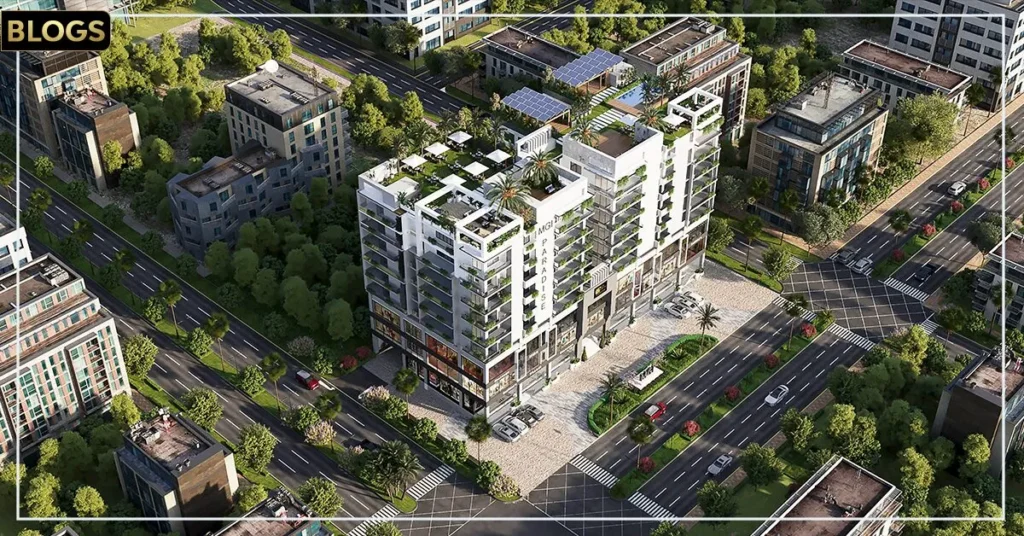🎁 Want a Surprise?
Click here to get redirected to a random post
Introduction
Urban development plays a pivotal role in shaping property markets around the world. As cities expand and evolve, the financial implications of urbanization ripple through real estate values, investment strategies, and community dynamics. From the rise of mixed-use developments to infrastructure improvements and zoning changes, urban development influences both residential and commercial property markets in profound ways.
This article explores how urban development impacts property markets financially, the trends driving this phenomenon, and what investors, homeowners, and policymakers should consider in this evolving landscape.
Understanding Urban Development
What Is Urban Development?
Urban development refers to the planned growth, expansion, and revitalization of city areas, including residential neighborhoods, commercial districts, transportation infrastructure, and public spaces. It encompasses:
- Construction of new housing and commercial buildings
- Infrastructure upgrades (roads, public transit, utilities)
- Rezoning and land use planning
- Community and cultural projects
Types of Urban Development
- Greenfield Development: Building on previously undeveloped land
- Infill Development: Utilizing vacant or underused parcels within existing urban areas
- Transit-Oriented Development (TOD): Creating dense, walkable neighborhoods near public transit
- Mixed-Use Development: Combining residential, commercial, and recreational spaces in one area
The Financial Footprint of Urban Development on Property Markets
1. Impact on Property Values
Urban development often leads to increased property values in surrounding areas. Infrastructure improvements, new amenities, and enhanced accessibility make neighborhoods more attractive to buyers and renters. For example, a new subway line or park can significantly boost nearby property prices.
2. Attracting Investment Capital
Developing urban areas draws both domestic and foreign investors looking to capitalize on growth potential. Large-scale projects often stimulate further real estate development, creating a multiplier effect that boosts overall market activity.
3. Changing Demand Dynamics
As urban development introduces new housing and commercial options, it influences supply and demand balances. High-quality developments in strategic locations may reduce vacancy rates and increase rental yields.
4. Shifts in Demographics and Income Levels
Urban revitalization can attract different demographic groups, including young professionals and higher-income residents. These shifts impact the types of properties in demand and can lead to gentrification, altering market composition.
Key Trends Shaping Urban Development’s Financial Impact
Smart City Technologies
The integration of digital technology in urban planning and infrastructure—such as smart grids, IoT sensors, and data-driven traffic management—can enhance urban efficiency and property desirability, attracting premium valuations.
Sustainability and Green Building
Urban developments increasingly incorporate sustainable design principles, reducing environmental impact and operational costs. Green neighborhoods are often more attractive to investors and residents alike.
Transit-Oriented Development
Proximity to public transit hubs remains a strong driver of property values. Developments focused on walkability and connectivity tend to see robust financial performance.
Mixed-Use Communities
The blending of residential, retail, and office spaces promotes vibrant neighborhoods that sustain property demand and reduce economic volatility.
Financial Considerations for Investors and Homebuyers
Evaluating Infrastructure Developments
Investors should assess upcoming or planned infrastructure projects, such as new highways, transit lines, or schools, as these can significantly influence property appreciation.
Understanding Zoning Changes
Rezoning can unlock new development opportunities or restrict existing uses, affecting property values and investment feasibility.
Assessing Market Timing
Urban development projects often unfold over several years. Timing your investment to coincide with key milestones can optimize returns but requires careful market analysis.
Risk Factors
Potential risks include overdevelopment leading to oversupply, regulatory delays, and changes in political support or funding.
Urban Development Challenges and Their Financial Implications
Gentrification and Displacement
While urban renewal can increase property values, it may also displace lower-income residents, leading to social tensions and potential policy interventions that affect market dynamics.
Infrastructure Strain
Rapid development can strain existing infrastructure, impacting livability and future property demand.
Environmental Concerns
Balancing growth with environmental sustainability is critical to maintaining long-term property market health.
Case Studies: Urban Development and Property Market Effects
Case Study 1: The Impact of a New Transit Line
In a major city, the introduction of a new metro line increased property values by 20% within a five-year radius of new stations, highlighting transit’s role in enhancing real estate returns.
Case Study 2: Mixed-Use Development Revitalizing a Downtown Area
A downtown redevelopment project incorporating offices, retail, and apartments led to a 15% increase in rental rates and a significant drop in commercial vacancy rates.
Conclusion
Urban development exerts a powerful financial footprint on property markets, reshaping values, investment flows, and community profiles. Understanding this dynamic is essential for investors, developers, and policymakers aiming to capitalize on growth opportunities while managing risks. As cities continue to evolve with new technologies, sustainability initiatives, and transit solutions, their property markets will reflect these changes with both challenges and promising returns.
Frequently Asked Questions (FAQs)
Q1: How does urban development typically affect property prices?
Urban development generally increases property prices by improving infrastructure, amenities, and accessibility.
Q2: What are the risks associated with investing in areas undergoing urban development?
Risks include market oversupply, regulatory delays, gentrification backlash, and infrastructure strain.
Q3: How can homebuyers benefit from urban development?
Homebuyers may enjoy increased property values, better amenities, and improved transportation options.
Q4: What role does zoning play in urban development?
Zoning controls land use and density, influencing development potential and property values.
Q5: Are sustainable urban developments more financially attractive?
Yes, sustainable developments often command premiums due to lower operating costs and higher demand.


